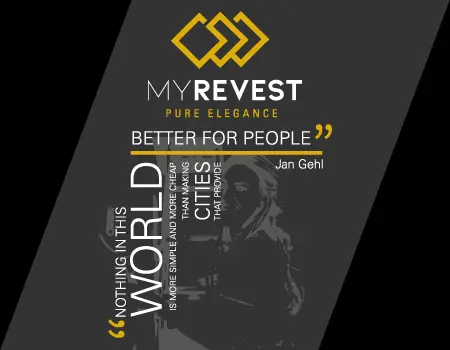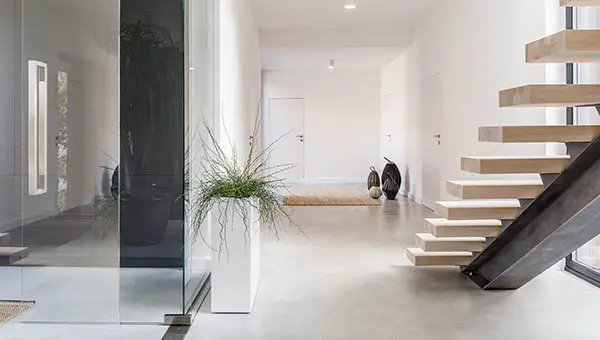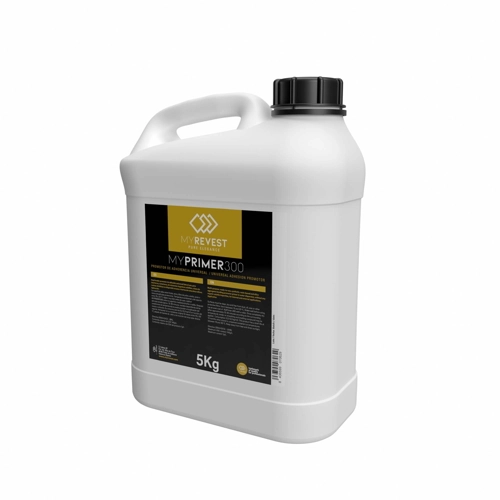



MyPrimer 300 is a water-based primer that facilitates the application of microcement on slippery and non-absorbent surfaces.
It is an acrylic dispersion that facilitates the application of microcement and its adherence to the substrate thanks to its aggregate component. It does not emit pollutants and is an easy-to-apply product as it comes ready to use.
It is also recommended for application over tiles, ceramics, and concrete in both indoor and outdoor spaces.
It is applied with a roller or brush and allows the creation of rough textures. It increases the grip of the substrate and only one application layer is needed.
Touch dry time
2–3h
pH
7.5–9
VOC
<\1 g/L
Viscosity at 23ºC
5000±1000 mPa·s

1

The MyPrimer 300 priming system provides a rough surface on non-porous substrates.
2

The first step for a proper application is to have a dry and properly degreased support. The applicator must ensure that there are no remnants of dust and oil.
3

With the surface clean, shake the container well and apply the primer at an ambient temperature between 5 and 30ºC.
4

The microcement can be applied 2–3 hours after applying the primer, depending on environmental conditions and substrate absorption.